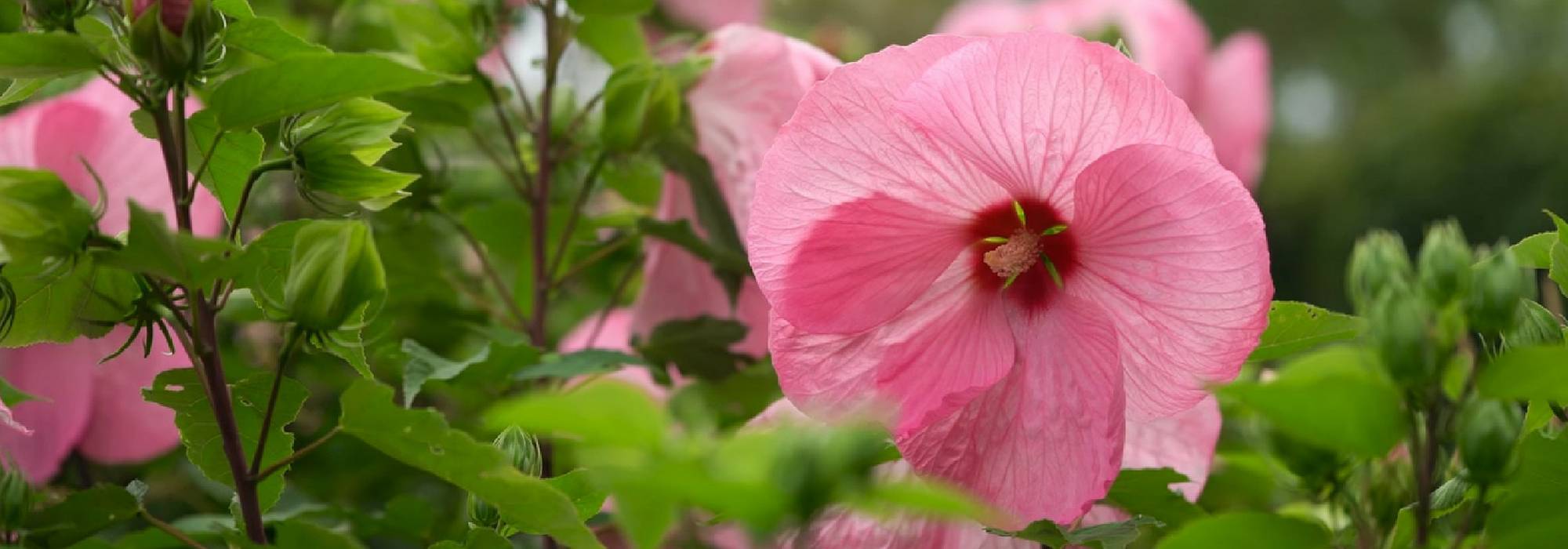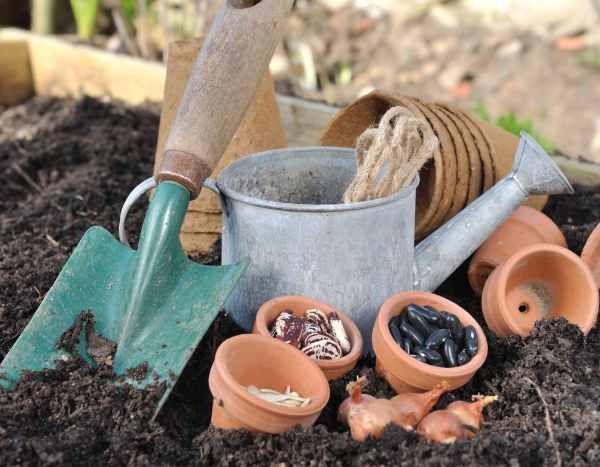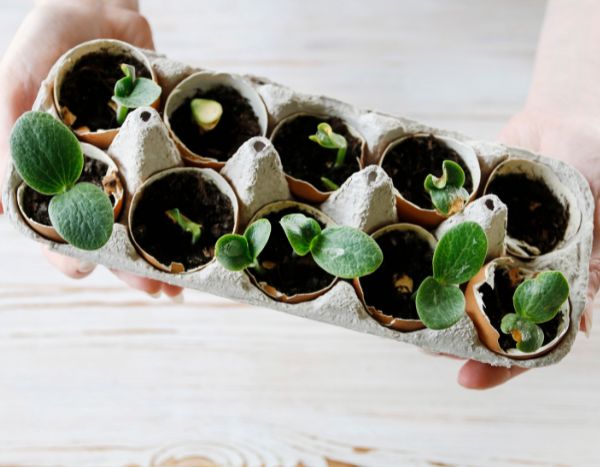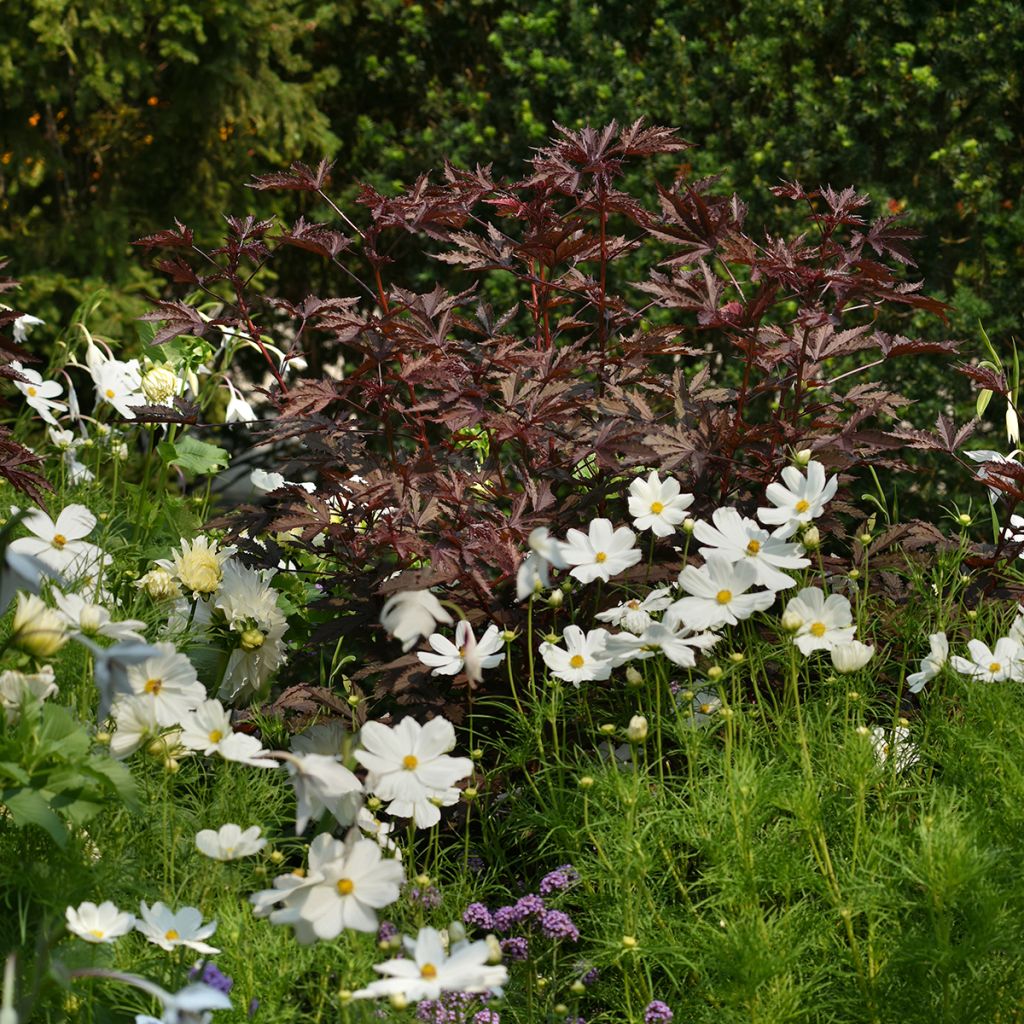

Hibiscus acetosella Mahogany Splendor seeds
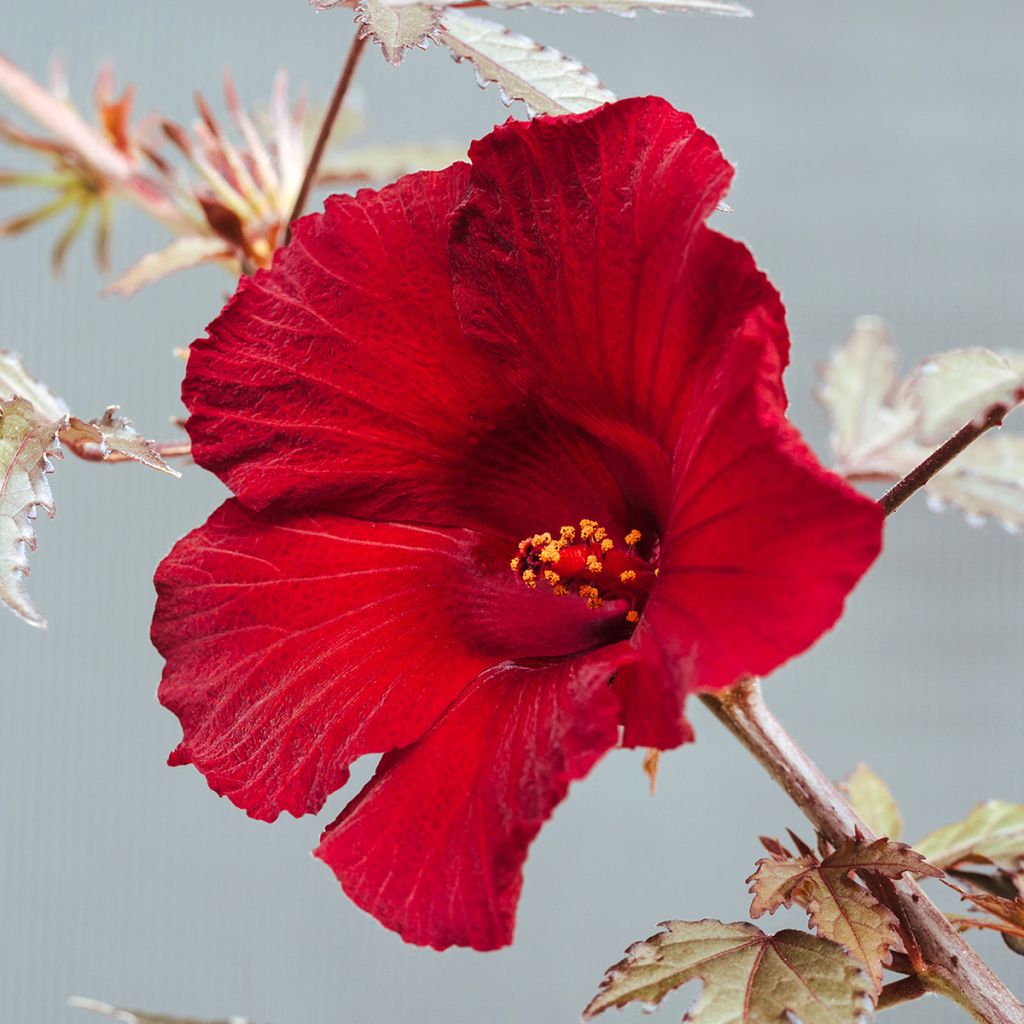

Hibiscus acetosella Mahogany Splendor seeds
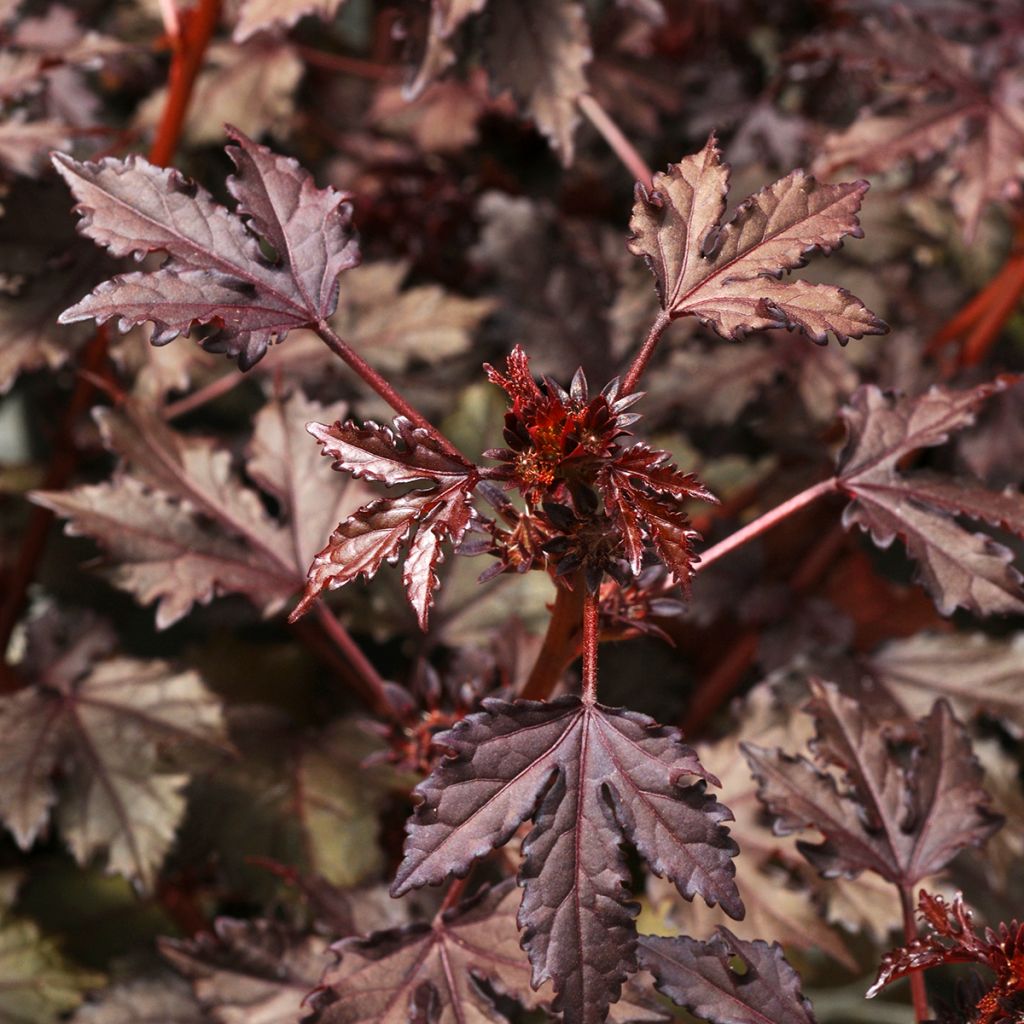

Hibiscus acetosella Mahogany Splendor seeds
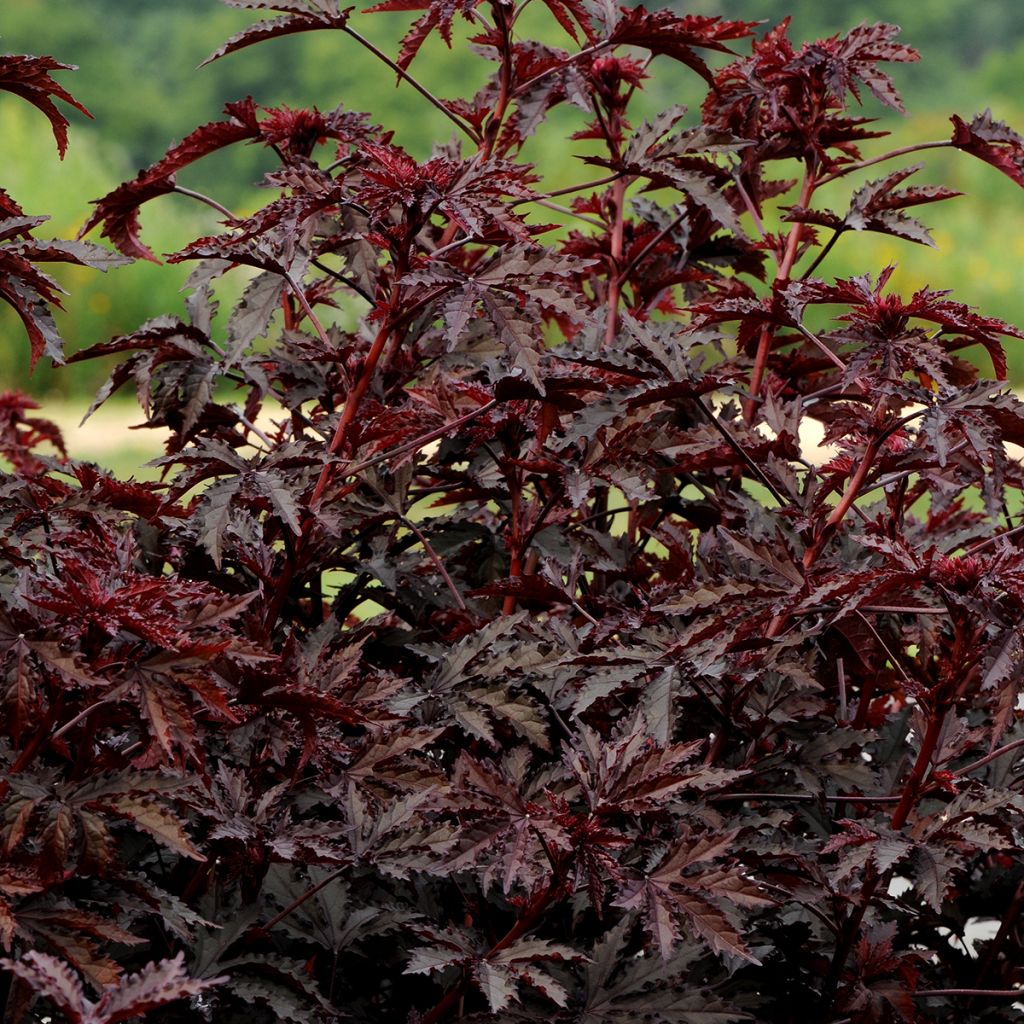

Hibiscus acetosella Mahogany Splendor seeds
Hibiscus acetosella Mahogany Splendor seeds
Hibiscus acetosella Mahogany Splendor
Cranberry hibiscus, African rosemallow
Special offer!
Receive a €20 voucher for any order over €90 (excluding delivery costs, credit notes, and plastic-free options)!
1- Add your favorite plants to your cart.
2- Once you have reached €90, confirm your order (you can even choose the delivery date!).
3- As soon as your order is shipped, you will receive an email containing your voucher code, valid for 3 months (90 days).
Your voucher is unique and can only be used once, for any order with a minimum value of €20, excluding delivery costs.
Can be combined with other current offers, non-divisible and non-refundable.
Home or relay delivery (depending on size and destination)
Schedule delivery date,
and select date in basket
This plant carries a 6 months recovery warranty
More information
We guarantee the quality of our plants for a full growing cycle, and will replace at our expense any plant that fails to recover under normal climatic and planting conditions.
Does this plant fit my garden?
Set up your Plantfit profile →
Description
Hibiscus 'Mahogany Splendor' is exceptionally ornamental due to its deeply dissected foliage, whose deep purple to brownish colour evolves with the light. Within just a few weeks, this tropical perennial transforms flower beds, borders, and other planters. Its foliage, reminiscent of a purple maple, creates a sensation in contemporary or exotic compositions. This hibiscus is widely used in landscaping as an accent plant. It can be overwintered similarly to citrus trees.
Hibiscus 'Mahogany Splendor' is a cultivar selected in 2012 by PanAmerican Seeds for its deeply cut and remarkably coloured foliage. Belonging to the Malvaceae family, this plant is also commonly known as "purple hibiscus" or "red-leaf hibiscus". Native to tropical regions of Africa, particularly Angola, Sudan, and East Africa, the species Hibiscus acetosella is theoretically perennial. It is believed to have originated from hybridisation between Hibiscus asper and H. surattensis, two species often grown together. It is found in moist savannas and forest clearings. Its hardiness is around -8°C at peak (for the crown) in very well-drained, even dry soil. It is typically grown as an annual due to its sensitivity to frost.
Hibiscus acetosella 'Mahogany Splendor' has an upright, bushy habit, reaching a height between 90 cm and 1.50 m with a spread of 60 to 90 cm in a single season. In the ground in mild climates, it can form a true small bush up to 2 m tall. If not pinched or pruned in spring, the plant will develop a dominant stem, but with one or two prunings, it will take on an oval, upright form and maintain more harmonious proportions. The alternate, deeply palmate and finely lobed leaves have a smooth and supple texture. In a greenhouse, they display green to rust tones. Outdoors, in full sun, they take on a very dark burgundy colour, sometimes with reddish highlights depending on exposure. These leaves measure between 15 and 25 cm long, featuring acute, deeply cut lobes. The foliage retains its beautiful colour throughout the season, then disappears with the onset of cold. The sturdy and cylindrical stems are frequently streaked with dark red.
The flowering is infrequent in temperate climates: it occurs late in the season (from October onwards) and will be absent if the summer is short. When conditions are favourable, this variety produces solitary, funnel-shaped flowers, measuring about 5 to 7 cm in diameter, coloured purple to dark red, with a darker centre. The flowers are ephemeral but renew themselves for 5 to 7 weeks. Pollination is carried out by bees and other pollinating insects. The root system of this hibiscus is a taproot, adapted for deep rooting, which gives the plant some drought tolerance in the ground.
Hibiscus acetosella 'Mahogany Splendor' is as decorative as a Japanese maple with purple leaves, adding an incredibly exotic note to summer compositions. It can be used as a backdrop in a tropical-inspired setting or as an accent in a flower bed. It pairs well with anise-green foliage, the large smoke-pink panicles and purple foliage of Pennisetum advena ‘Rubrum’, the silver foliage of Artemisia ludoviciana ‘Valerie Finnis’, or the small pink flowers of Laurentia or Isotoma 'Stella Pink'. Train a few young plants of Morning Glory 'La Vie en Rose' through its purple foliage and plant it next to a Plumbago auriculata for a guaranteed spectacle! Placed in a pot on a sunny terrace or integrated into a contemporary garden, it plays the soloist or the charming partner, depending on the gardener's mood.
In Africa, Hibiscus acetosella is used for its tangy young leaves, sometimes eaten raw or cooked, particularly in sauces or as a leaf vegetable. They retain their colour when cooked.
Hibiscus acetosella Mahogany Splendor seeds in pictures
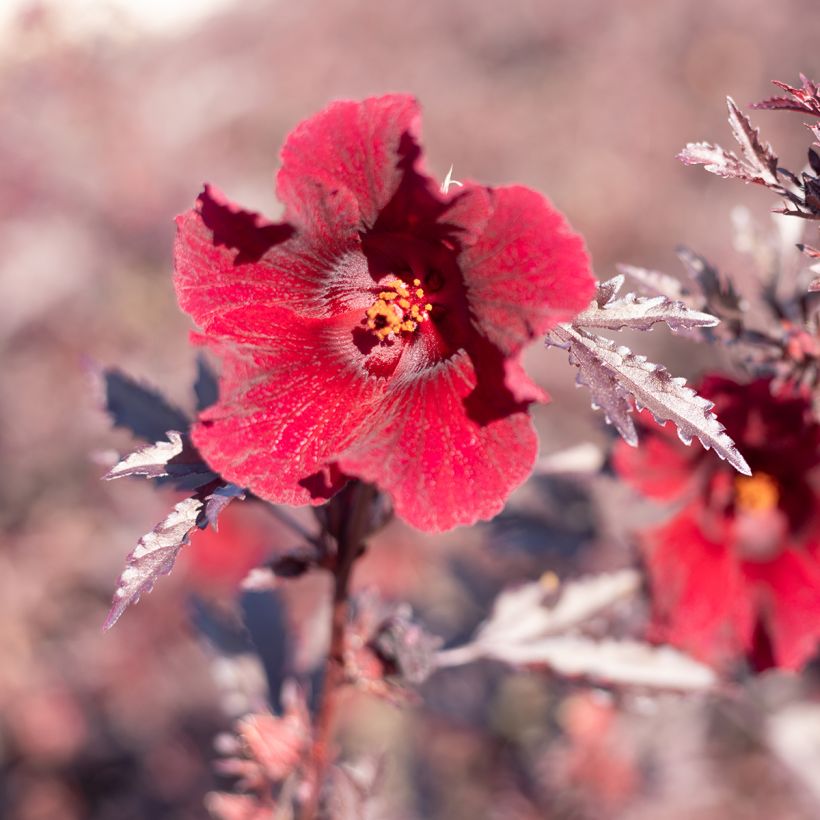





Flowering
Foliage
Plant habit
Botanical data
Hibiscus
acetosella
Mahogany Splendor
malvaceae
Cranberry hibiscus, African rosemallow
Hibiscus eetveldeanus Mahogany Splendor
Cultivar or hybrid
Planting and care
Sow Hibiscus 'Mahogany Splendor' in spring, indoors, 4 to 6 weeks before the last frosts, or directly in open ground when the soil has warmed up.
Soak the seeds in water for 2-3 hours before sowing.
The seeds germinate quickly, within 3 to 5 days, in a moist seed sowing compost maintained at around 20–24 °C. The seeds can be covered with a little compost (0.5 to 1 cm) as light is not essential for germination.
Whether in open ground or containers, the plant appreciates a well-drained, fertile, slightly acidic to neutral (pH between 5.8 and 6.8) soil, and tolerates some lime. Choose a position in full sun, essential for the intensity of its colouration. In very hot climates, a little afternoon shade can be beneficial.
In cooler climates, if grown in containers, it can be brought under cover from autumn:
Prune the plant before bringing it indoors. Place it in a bright, frost-free but unheated room, reduce watering and stop feeding. It will enter near-dormancy until the end of winter. Successful overwintering allows the plant to be kept from one year to the next, ready to grow again when mild temperatures return. Prune lightly in spring to stimulate branching. During the peak season, apply a balanced fertiliser every fortnight and water regularly, especially in pots, without excess stagnant water.
Well-established plants grown in open ground tolerate drought.
The hardiness of this hibiscus is debatable and is certainly dependent on the condition of the soil. The crown and roots are sensitive to winter moisture, even more so in the case of prolonged frost. When the crown survives the winter, it produces new stems in spring, as soon as temperatures exceed 18 °C.
Sowing period
Intended location
Planting & care advice
This item has not been reviewed yet - be the first to leave a review about it.
Haven't found what you were looking for?
Hardiness is the lowest winter temperature a plant can endure without suffering serious damage or even dying. However, hardiness is affected by location (a sheltered area, such as a patio), protection (winter cover) and soil type (hardiness is improved by well-drained soil).

Photo Sharing Terms & Conditions
In order to encourage gardeners to interact and share their experiences, Promesse de fleurs offers various media enabling content to be uploaded onto its Site - in particular via the ‘Photo sharing’ module.
The User agrees to refrain from:
- Posting any content that is illegal, prejudicial, insulting, racist, inciteful to hatred, revisionist, contrary to public decency, that infringes on privacy or on the privacy rights of third parties, in particular the publicity rights of persons and goods, intellectual property rights, or the right to privacy.
- Submitting content on behalf of a third party;
- Impersonate the identity of a third party and/or publish any personal information about a third party;
In general, the User undertakes to refrain from any unethical behaviour.
All Content (in particular text, comments, files, images, photos, videos, creative works, etc.), which may be subject to property or intellectual property rights, image or other private rights, shall remain the property of the User, subject to the limited rights granted by the terms of the licence granted by Promesse de fleurs as stated below. Users are at liberty to publish or not to publish such Content on the Site, notably via the ‘Photo Sharing’ facility, and accept that this Content shall be made public and freely accessible, notably on the Internet.
Users further acknowledge, undertake to have ,and guarantee that they hold all necessary rights and permissions to publish such material on the Site, in particular with regard to the legislation in force pertaining to any privacy, property, intellectual property, image, or contractual rights, or rights of any other nature. By publishing such Content on the Site, Users acknowledge accepting full liability as publishers of the Content within the meaning of the law, and grant Promesse de fleurs, free of charge, an inclusive, worldwide licence for the said Content for the entire duration of its publication, including all reproduction, representation, up/downloading, displaying, performing, transmission, and storage rights.
Users also grant permission for their name to be linked to the Content and accept that this link may not always be made available.
By engaging in posting material, Users consent to their Content becoming automatically accessible on the Internet, in particular on other sites and/or blogs and/or web pages of the Promesse de fleurs site, including in particular social pages and the Promesse de fleurs catalogue.
Users may secure the removal of entrusted content free of charge by issuing a simple request via our contact form.
The flowering period indicated on our website applies to countries and regions located in USDA zone 8 (France, the United Kingdom, Ireland, the Netherlands, etc.)
It will vary according to where you live:
- In zones 9 to 10 (Italy, Spain, Greece, etc.), flowering will occur about 2 to 4 weeks earlier.
- In zones 6 to 7 (Germany, Poland, Slovenia, and lower mountainous regions), flowering will be delayed by 2 to 3 weeks.
- In zone 5 (Central Europe, Scandinavia), blooming will be delayed by 3 to 5 weeks.
In temperate climates, pruning of spring-flowering shrubs (forsythia, spireas, etc.) should be done just after flowering.
Pruning of summer-flowering shrubs (Indian Lilac, Perovskia, etc.) can be done in winter or spring.
In cold regions as well as with frost-sensitive plants, avoid pruning too early when severe frosts may still occur.
The planting period indicated on our website applies to countries and regions located in USDA zone 8 (France, United Kingdom, Ireland, Netherlands).
It will vary according to where you live:
- In Mediterranean zones (Marseille, Madrid, Milan, etc.), autumn and winter are the best planting periods.
- In continental zones (Strasbourg, Munich, Vienna, etc.), delay planting by 2 to 3 weeks in spring and bring it forward by 2 to 4 weeks in autumn.
- In mountainous regions (the Alps, Pyrenees, Carpathians, etc.), it is best to plant in late spring (May-June) or late summer (August-September).
The harvesting period indicated on our website applies to countries and regions in USDA zone 8 (France, England, Ireland, the Netherlands).
In colder areas (Scandinavia, Poland, Austria...) fruit and vegetable harvests are likely to be delayed by 3-4 weeks.
In warmer areas (Italy, Spain, Greece, etc.), harvesting will probably take place earlier, depending on weather conditions.
The sowing periods indicated on our website apply to countries and regions within USDA Zone 8 (France, UK, Ireland, Netherlands).
In colder areas (Scandinavia, Poland, Austria...), delay any outdoor sowing by 3-4 weeks, or sow under glass.
In warmer climes (Italy, Spain, Greece, etc.), bring outdoor sowing forward by a few weeks.






























